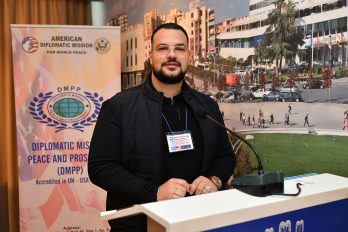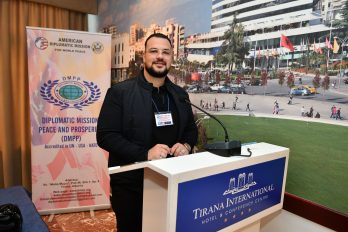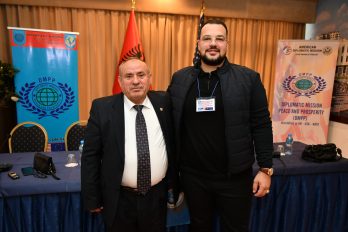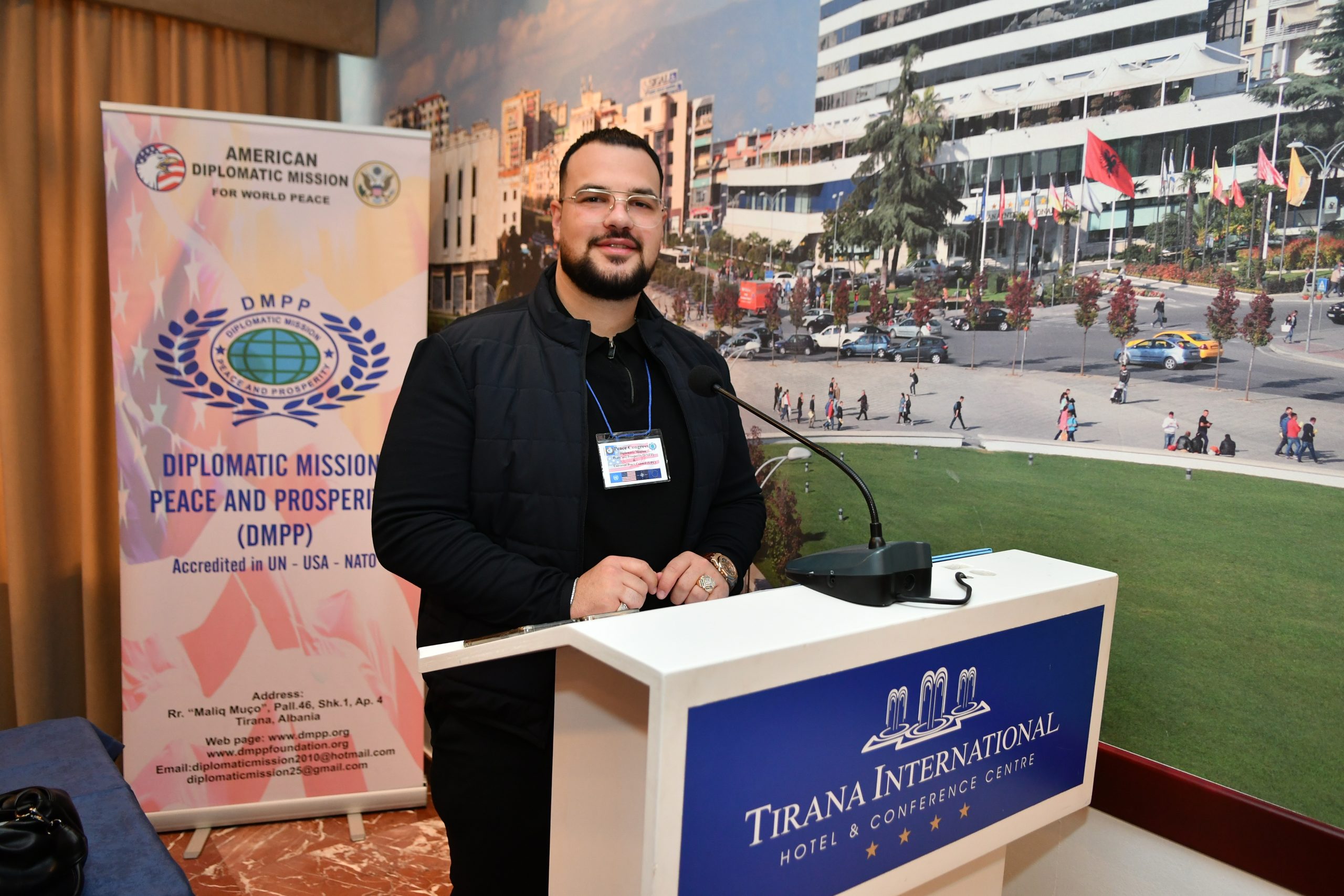Today, I stand before you to discuss a matter of utmost importance: the pursuit of peace in our world. In a world often marred by conflict and division, it is essential that we come together and actively work towards scattering the seeds of peace. This responsibility lies not only with governments and organizations but with each and every one of us. And in this endeavor, we must recognize and harness the immense power and potential of our youth. The youth of today represent the hope and the future of our world. They possess an incredible energy, passion, and determination that can drive positive change, inspire innovation, and promote unity. By involving and empowering our youth, we can create a ripple effect that will reverberate across borders, breaking down barriers and building bridges towards a more peaceful world. So, how can we contribute to scattering peace? It begins with education – the foundation upon which a peaceful society can be built. Education must go beyond imparting knowledge and skills; it must instill values of tolerance, empathy, and understanding. By incorporating peace education into our curricula, we equip our youth with the tools to resolve conflicts peacefully, to embrace diversity, and to promote dialogue. We must invest in quality education that encourages critical thinking, fosters respect for human rights, and cultivates a sense of global citizenship. By doing so, we lay the groundwork for a generation that understands the importance of peace and actively strives for it. But education alone is not enough. We must also foster an environment that nurtures intercultural understanding. Our world is a tapestry of diverse cultures, religions, and traditions. Rather than fearing or rejecting differences, we must embrace them. Through cultural exchanges, interfaith dialogues, and community engagement, we can break down the walls of ignorance and prejudice. By encouraging our youth to learn from one another and appreciate the richness of our collective heritage, we create a fertile ground for peaceful coexistence. In this digital age, technology has become an integral part of our lives. It has the power to connect, to inform, and to mobilize. Our youth are at the forefront of technological advancements, and we must harness their expertise to promote peace. Social media, online platforms, and digital storytelling can amplify their voices and spread messages of peace to a global audience. Let us encourage our youth to leverage technology to raise awareness about conflicts, to advocate for peace, and to foster dialogue. Through virtual collaborations and digital tools, they can bridge geographical boundaries and form networks of peace builders. The power of technology lies in its ability to bring people together, and we must utilize this power for the greater good. However, involving our youth in the pursuit of peace goes beyond mere tokenism. We must provide them with meaningful opportunities for engagement and participation. Youth-led organizations, platforms, and advisory roles should be established to ensure their voices are heard in decision-making processes. Governments and institutions must create spaces for young people to contribute their ideas, insights, and solutions. By valuing and incorporating their perspectives, we empower them to take ownership of the peace agenda. When the youth are given the opportunity to shape their own future, their commitment to peace becomes unwavering. But let us not forget the importance of individual action. Each and every one of us has a role to play in scattering peace. It begins with our daily interactions, our choices, and our attitudes. Let us strive to treat one another with respect, kindness, and compassion. Let us seek common ground and find peaceful resolutions to conflicts, be they personal or societal. Let us reject violence and embrace non-violent means of resolving disputes. Every small act of peace, no matter how seemingly insignificant, contributes to the greater cause. In conclusion, the pursuit of peace is not an abstract concept but a collective responsibility.





